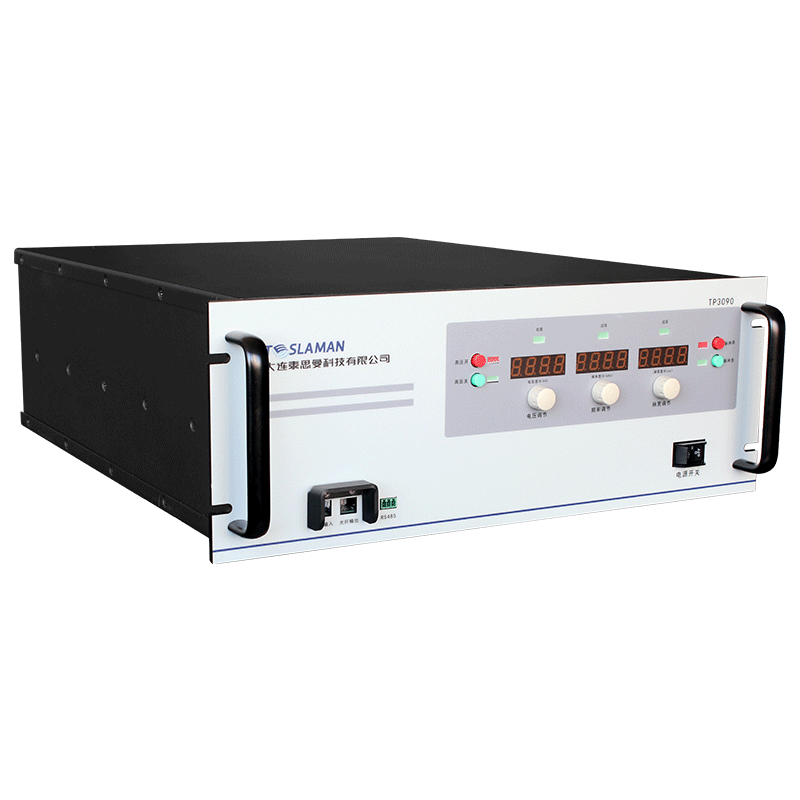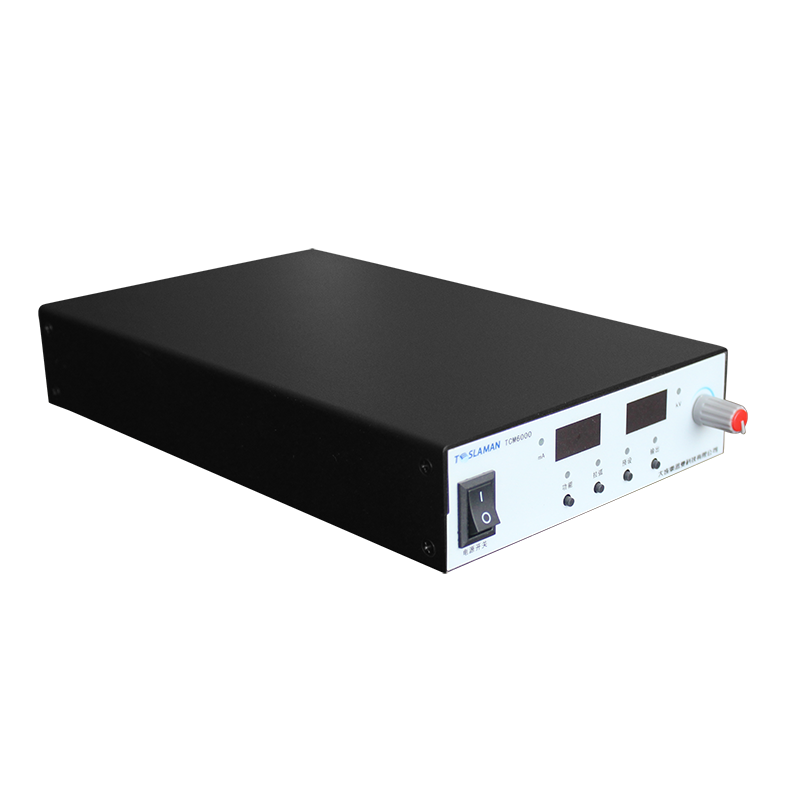Advantages of High-Power High-Voltage Power Supplies: A Technical Perspective
Abstract
This article systematically analyzes the technical advantages of high-power high-voltage power supplies in modern industrial applications from an engineering perspective. It explores their application value in material processing, scientific research, and industrial manufacturing, with a focus on core technical features such as high power density, stable output, and intelligent control. Future development trends are also discussed.
Introduction
As modern industrial technology advances toward higher precision and efficiency, high-power high-voltage power supplies have become increasingly important as key energy conversion devices. These systems transform conventional electrical energy into special high-voltage, high-current forms to meet various specialized process requirements. Compared to traditional power solutions, high-power high-voltage power supplies demonstrate significant advantages in energy conversion efficiency, output stability, and system reliability, making them indispensable in multiple high-tech fields.
Analysis of Technical Advantages
High Power Density Design
Modern high-power high-voltage power supplies utilize advanced topology structures and thermal management technologies to achieve higher power output per unit volume. Through multi-stage conversion architectures and soft-switching techniques, internal losses are significantly reduced, achieving power densities 2-3 times that of conventional designs. This compact design not only saves installation space but also reduces overall system weight, making it particularly suitable for space-constrained industrial environments.
Precise and Stable Output Characteristics
With digital control loops and adaptive regulation algorithms, new-generation high-voltage power supplies can achieve output voltage regulation accuracy within ±0.05% of the rated range. Even under sudden load changes, recovery time can be controlled at the millisecond level. This excellent dynamic response ensures process repeatability and consistency, which is critical for applications such as semiconductor manufacturing and precision coating that demand extremely high power supply stability.
Multi-Layered Protection Mechanisms
Integrated with overvoltage, overcurrent, overtemperature, and arc detection circuits, high-power high-voltage power supplies can achieve millisecond-level rapid shutdown under abnormal conditions. Intelligent fault diagnosis systems monitor key parameter trends in real time, providing early warnings of potential risks. This active protection design significantly enhances system reliability and safety while reducing maintenance costs.
Intelligent Control Interfaces
Supporting standard communication protocols and open control interfaces, modern high-voltage power supplies can be seamlessly integrated into industrial automation systems. Through remote monitoring software, operators can adjust output parameters in real time, record operational data, and analyze energy efficiency performance. This digital capability provides foundational support for smart manufacturing and Industry 4.0 applications.
Typical Application Fields
Material Surface Treatment
In plasma-enhanced chemical vapor deposition (PECVD) processes, the stable discharge environment generated by high-power high-voltage power supplies directly affects thin-film quality. Their precise power control capabilities optimize deposition rates and film uniformity, significantly improving product yield.
Scientific Research Equipment
Particle accelerators, mass spectrometers, and other scientific instruments rely on high-voltage power supplies to provide precisely controlled electric fields. The low ripple characteristics (<0.1%) and long-term stability (<50ppm/℃) of modern power supplies ensure the reliability of experimental data.
Industrial Inspection Systems
In X-ray nondestructive testing equipment, high-voltage power supplies determine the intensity and stability of the radiation source. The application of high-frequency inversion technology has reduced power supply volume by 40% while improving output stability by an order of magnitude, significantly enhancing inspection efficiency and accuracy.
Future Development Trends
With the application of wide-bandgap semiconductor materials, next-generation high-voltage power supplies will evolve toward higher frequencies (MHz level) and greater efficiency (>95%). The introduction of artificial intelligence algorithms will enable more accurate fault prediction and energy efficiency optimization. Additionally, the adoption of modular design concepts will enhance system scalability and maintenance convenience.
Conclusion
High-power high-voltage power supplies, with their unique technical advantages, are driving technological innovation across multiple industrial sectors. With the application of new materials and control algorithms, these power systems will achieve new breakthroughs in performance metrics and intelligence levels, providing stronger energy support for high-end manufacturing and scientific research.




















